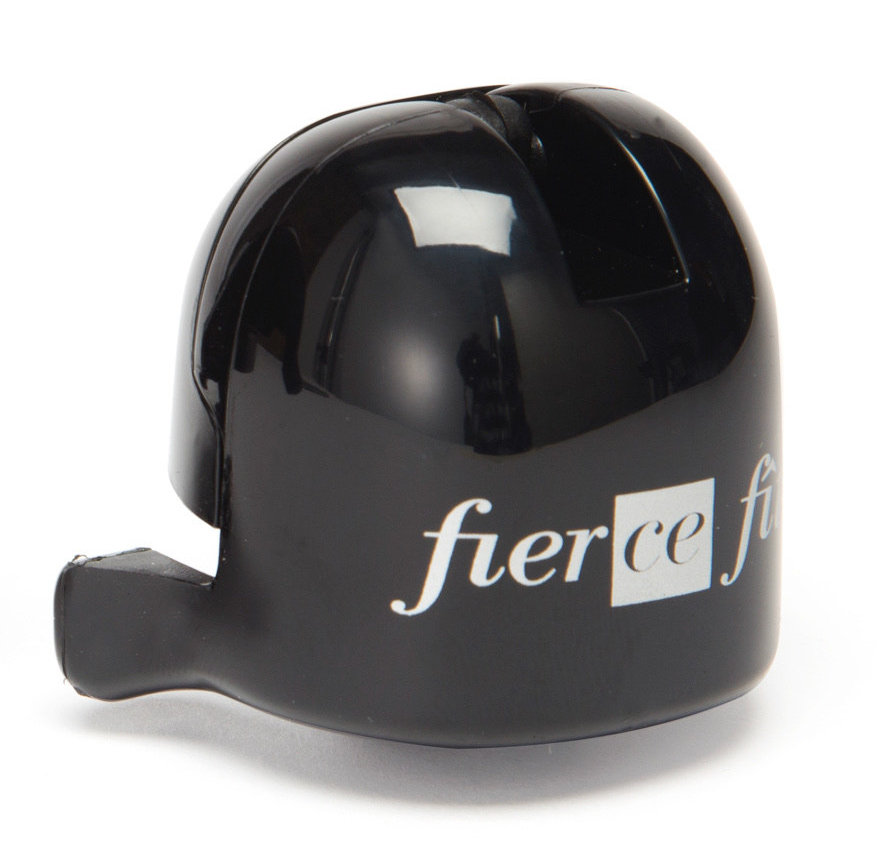Which glass for Champagne?
The major difference between tasting still and sparkling wines is the presence of carbon dioxide. It is carbon dioxide that sets the tone in the analysis of sparkling wines.
Its influence on the sensations is major and key to the whole tasting.
The sensation linked to carbon dioxide is tactile and part of the texture of the wine. The gas has its own expression which can appear nervous, aggressive, melted, creamy...
These sensations are immediately transmitted to our consciousness, well before the flavours.
The gas tempers the perception of acidity when it is strong but increases it when it is weak, it attenuates the impression of salinity, fat and sugar but increases the perception of bitterness, even revealing hidden bitterness.
The action of the gas therefore drives the aromas but the degassing differs depending on the type of glass and the temperature of the Champagne: this means that our perception of the aromas will be different and may change radically.
A Champagne served at 8°C degasses more slowly and for longer than at 14°C because the cold compresses the gas.
A wine served at 8°C or 14°C will therefore not be the same wine.
The same applies to two different glasses: the degassing due to the glass and the temperature are not the same.
The serving temperature therefore has a major influence on the aromatic expression and body of the wine. The serving temperature must in fact be adapted to the balance of the wine.
Lively, fresh, tonic and airy Champagne require a straight, slender flute, which will contain their dynamism and exuberance, and a serving temperature of around 8°.
A curved, ample flute enhances the full-bodied, fairly structured wines such as the Vintages, for example, or the mature Cuvées, which are best appreciated at a temperature close to 10°.
Finally, a wine glass will be perfect for the intense and vinous Cuvées which need to breathe. They will be best served at a temperature of 12-14° because they are wines before being Champagne.
Each Champagne has its own flute and serving temperature, both of which reflect the character and structure of the Cuvée.
The balance of the wine will thus be respected for our greatest pleasure!
You can always find all our recommendations on how to best serve our Cuvées on our Boutique!

 My bag
My bag
 The Boutique
The Boutique
 Login
Login


